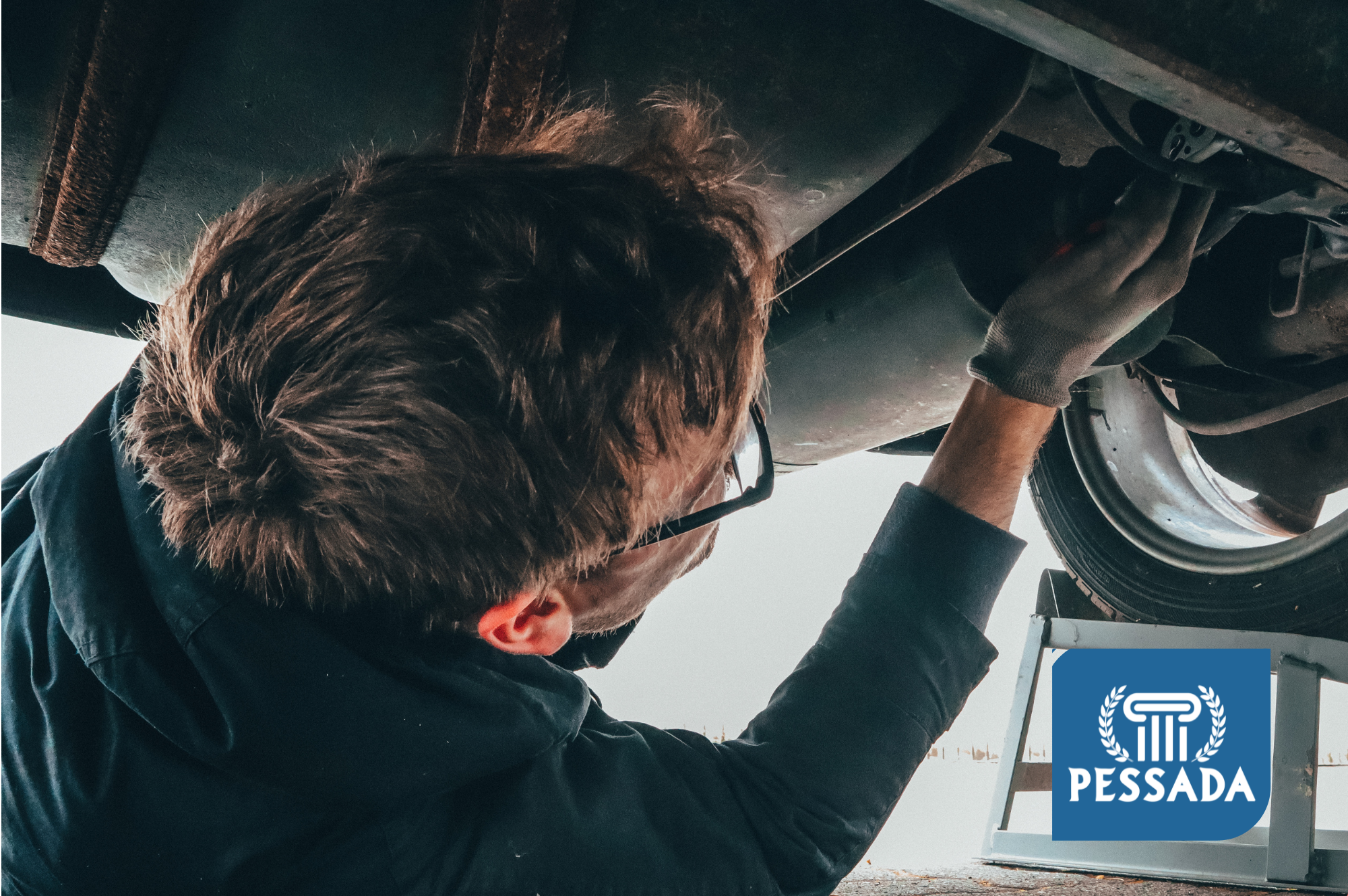Variable Ops vs. Fixed Ops: What Every Dealer Must Know to Maximize Profit in 2025

In the competitive world of car dealership operations, understanding the roles and dynamics of fixed ops and variable ops is no longer optional, it’s essential. Whether you’re a General Manager, Fixed Ops Director, or Dealer Principal, the ability to distinguish between these two core functions, and leverage them for sustained growth, can make or break your bottom line.
This guide breaks down the difference between fixed and variable ops in car dealerships, explains why both are critical, and provides automotive fixed operations best practices for maximizing profitability in 2025.
What Is Variable Ops in a Dealership?
Variable operations (variable ops) include all revenue-generating departments that depend on vehicle sales volume. These typically include:
-
New vehicle sales
-
Used vehicle sales
-
Finance & Insurance (F&I)
The word “variable” reflects how this side of the business is influenced by market trends, inventory levels, interest rates, consumer confidence, and seasonal demand.
According to NADA, variable ops still account for nearly 60% of a dealership’s gross revenue, but its profit margins are thinner and more susceptible to economic fluctuations.
Key Variable Ops Metrics:
-
Gross per unit sold (PVR)
-
Inventory turn rate
-
F&I penetration rate
-
Sales closing ratio
What Is Fixed Ops in a Dealership?
Fixed operations, or fixed ops, represent the side of the dealership that generates revenue after the vehicle sale. It includes:
-
Service department
-
Parts department
-
Body shop/collision repair
Unlike vehicle sales, which fluctuate, fixed ops generate steady, recurring revenue through warranty work, maintenance services, and repair orders (ROs).
“Fixed operations can account for over 50% of a dealership’s gross profit—and are often the lifeline during economic downturns.”
— Automotive News
Fixed Ops Revenue Streams:
-
Customer-paid maintenance
-
Warranty repairs
-
Manufacturer recalls
-
Parts and accessories
-
Tire & wheel services
-
Paintless dent repair and more
Fixed vs Variable Ops: Why the Distinction Matters
While variable ops bring in large revenue through car sales, fixed ops bring in reliable, margin-rich profits. Here’s a breakdown of how they differ:
| Aspect | Variable Ops | Fixed Ops |
|---|---|---|
| Departments | Sales, F&I | Service, Parts, Body Shop |
| Revenue Type | Transactional | Recurring |
| Dependence on Market | High | Low |
| Profit Margins | Low to Medium | Medium to High |
| Economic Sensitivity | High | Low |
| Customer Lifetime Value | Limited | High (via retention & repeat visits) |
Why Fixed Operations Are the True Dealership Profit Centers
While vehicle sales may drive volume, fixed ops is where the real profits live. Here’s why:
-
Higher Margins – Parts and labor come with healthier margins than car sales.
-
Customer Retention – Service visits increase the likelihood of repeat sales.
-
Service Absorption – A strong fixed ops department can cover 100% of a dealership’s overhead without a single car sold.
According to Cox Automotive, service absorption rates of 75–100% are common in high-performing dealerships, reducing financial pressure on the sales floor.
The Role of Fixed Ops During Market Downturns
When car sales slow, service and repair needs don’t. This makes fixed ops a stabilizing force.
In fact, during COVID-era inventory shortages, many dealers leaned heavily on fixed ops to maintain profitability, even as showroom traffic plummeted. As interest rates remain volatile and new car prices stay high in 2025, fixed ops will continue to serve as a buffer against uncertainty.
Key Fixed Ops Performance Metrics
To optimize profitability, every dealership should track:
-
Hours Per Repair Order (RO)
-
Effective Labor Rate
-
Service Absorption
-
Technician Productivity & Efficiency
-
Customer Pay vs Warranty Mix
-
Parts-to-Labor Ratio
-
CSI (Customer Satisfaction Index) Scores
How Fixed and Variable Ops Work Together
Success doesn’t lie in siloing departments. It lies in integrating them:
-
Sales departments can sell prepaid maintenance plans, increasing fixed ops visits.
-
Fixed ops teams can refer satisfied customers to the sales floor when leases end.
-
Shared CRM tools and training foster alignment on retention and upsells.
“A customer who services their vehicle at the dealership is more than twice as likely to return for their next purchase.”
— J.D. Power
Fixed Ops Best Practices for 2025 and Beyond
Want to grow your fixed ops revenue? Here’s where to focus:
-
Express Service Lanes – Offer quick, no-appointment-needed maintenance options.
-
Digital Inspections – Transparency builds trust and boosts upsells.
-
Text & Video Communication – Keep customers informed and engaged.
-
Pricing Transparency – Offer online estimates and service menus.
-
Service Financing Options – Partner with third-party lenders to reduce customer friction.
-
Technician Training & Retention – Skilled techs = faster repairs = better margins.
-
Service Marketing Automation – Send timely service reminders and offers via email/SMS.
Dealer Tip: Unlock Hidden Profit Centers
Explore ancillary products like Key Replacement, Tire & Wheel, and PDR (Paintless Dent Repair). These products drive F&I revenue upfront and create future service department traffic. Pessada’s programs are designed to do just that, learn more in our
Education Center.
Explore More: Pessada’s Dealer Education Center
Want to dive deeper into fixed and variable operations, F&I strategy, or warranty claim workflows? Visit the
Education Center for in-depth guides, templates, and actionable tools for dealership profitability.
Conclusion: Build Profit with Precision in 2025
In today’s dealership landscape, a profitable future lies in balancing variable ops with high-performing fixed operations. While sales volume drives the top line, fixed ops keep the business steady and scalable. By aligning both departments, investing in best practices, and tracking key performance metrics, your dealership will be well-equipped to maximize profit in 2025 and beyond.


